The test is part of Ford's participation in the city-level demonstration application project of the Internet of Vehicles in Wuxi, Jiangsu.
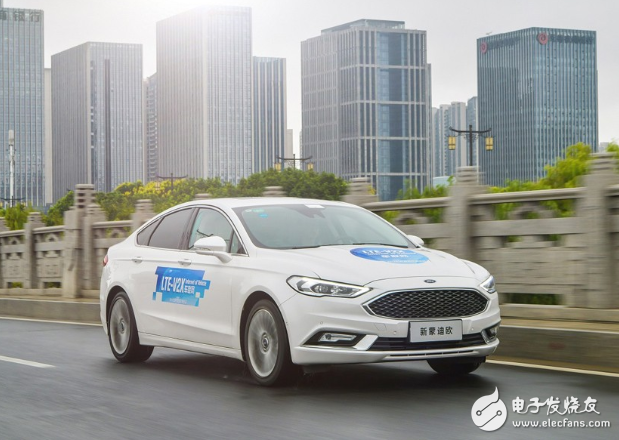
On September 17, during the 2018 Wuxi World Internet of Things Expo, Ford Motor Company conducted a cellular technology-based vehicle network communication (C-V2X) test on the local open road. The test is part of Ford's participation in the city-level demonstration application project of the Internet of Vehicles in Wuxi, Jiangsu.
C-V2X is a wireless communication technology that gives vehicles and road infrastructure, pedestrians and other traffic participants the ability to connect in real time. This technology is an important supplement to vehicle sensors, allowing the communication devices of vehicles, signal lights, traffic signs, cyclists and pedestrians to share information such as current status, location and action intentions. Regardless of the assistance and coverage of the cellular network, this technology can ensure that important warning information is pushed in a timely and correct manner at critical moments. This technology can not only help improve vehicle safety performance and improve road traffic efficiency, but will also promote the development of autonomous driving technology.
Three-way interconnection of people, cars and roads
The Wuxi Vehicle Networking Demonstration Zone covers 170 square kilometers in the key areas of Wuxi Taihu New City and the main urban area, connecting the airport, high-speed railway station, and main roads of the old and new urban areas. It has a total of about 240 intersections, more than 40 traffic management information, and can support 12 categories , More than 20 traffic travel application scenarios. In this experience, only a short section of road near the venue was selected for the experience.
In this experience, Ford Motor conducted a test of various application scenarios based on C-V2X technology, such as vehicle-to-road infrastructure interconnection (V2I), vehicle-to-vehicle interconnection (V2V), and vehicle-to-pedestrian interconnection (V2P). Ford said that these scenarios were developed by the company in cooperation with companies such as Huawei and China Mobile based on the driving habits and road traffic characteristics of Chinese car owners.
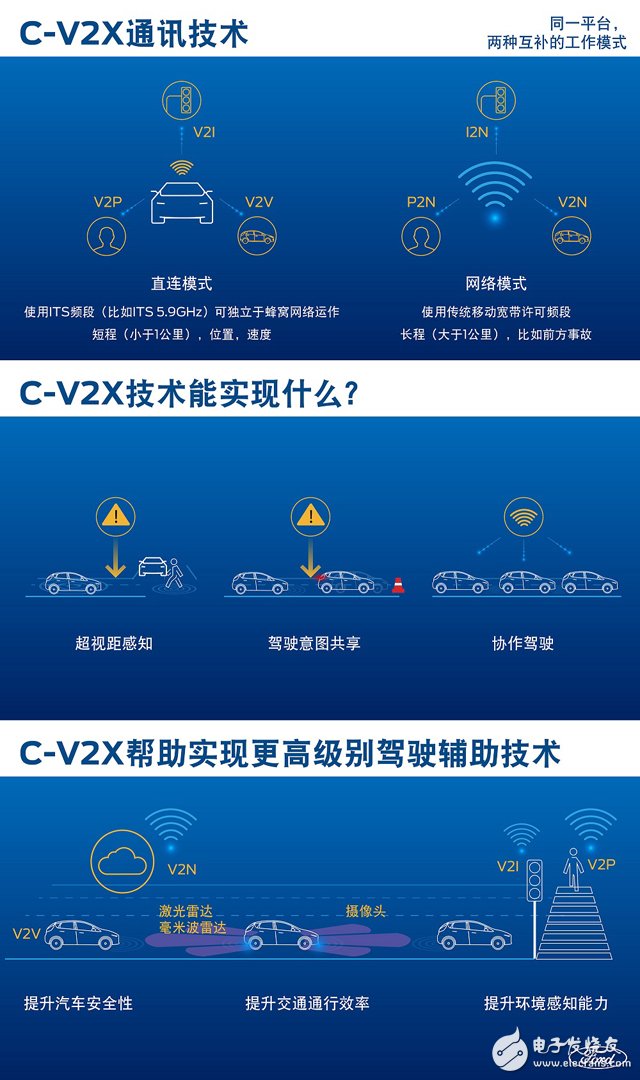
In the V2I application scenario, the vehicle can interact with the signal lights in real time through the Wuxi Internet of Vehicles data application platform. The information of the front signal lights can be pushed to nearby vehicles in real time, and the driver can know the current status and duration of the signal lights in time. Based on the signal light information, the system can realize the functions of green light alarm, green wave speed guidance, red light warning, traffic information broadcast, etc.:
1. "Green light alarm" function
When waiting for the red light, some users may not pay attention to the signal light. When the red light changes to green light in 5 seconds, the system will prompt with a beep.
2. "Green Wave Speed ​​Guide" function
Recommend the optimal speed range for vehicles that can pass the green light smoothly to improve fuel economy and optimize traffic efficiency.
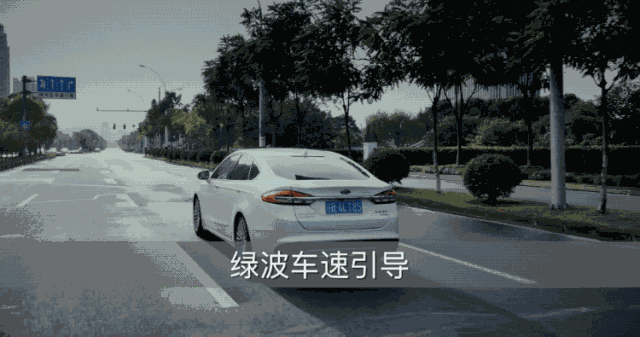
3. "Red light warning" function
According to the speed of the vehicle, whether it is turning, and the status of the front signal light, the system will activate an alarm to remind the driver to brake in time when the system judges that the vehicle cannot pass the signal light.
4. "Traffic information broadcast" function
When the vehicle can receive abnormal conditions on the road ahead, such as road construction, traffic accidents, congestion or emergency vehicle traffic, remind the driver to re-plan the route.
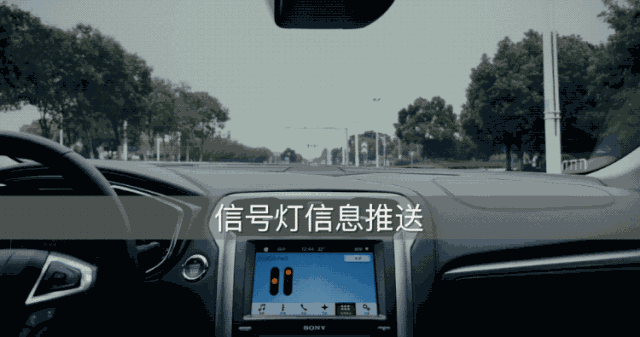
The emergency electronic brake light warning (EEBL) and intersection collision warning (IMA) functions based on V2V application scenarios rely on the information interconnection between vehicles. When the driver's line of sight is blocked, the EEBL function enables the rear vehicle to know the vehicle ahead in time The "brake" signal reminds the driver to react in advance to avoid rear-end collision; when the vehicle is driving at an intersection and the side vehicle approaches, the IMA function will issue an early warning to the vehicle in advance to avoid a side collision.
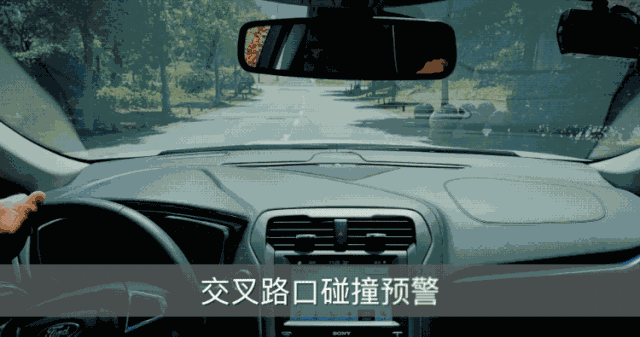
In the V2P application scenario, Wuxi's roadside smart cameras can obtain real-time pedestrian and cyclist information and transmit it to the Internet of Vehicles data application platform; the collision warning function for vulnerable groups on the road allows nearby vehicles to receive information pushed by the platform to remind drivers to avoid . It is worth mentioning that even if the vehicle is in parking mode, once the system judges that the vehicle is closer to the pedestrian, it will still remind you.
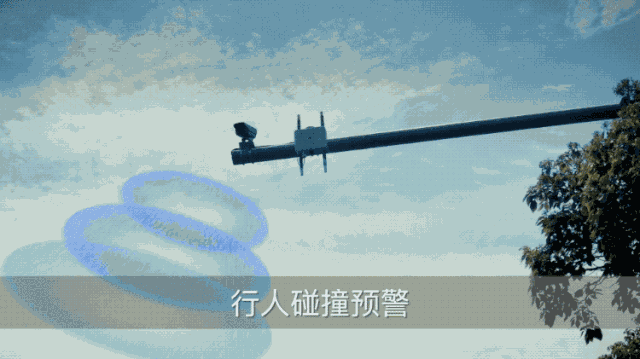
Realize OTA for car and machine in 2020
According to Ford Motor's plan, by the end of 2019, 100% of new cars launched in the Chinese and American markets will provide network interconnection functions; by the end of 2020, 90% of new cars in the global market will be interconnected with the network. At the same time, starting in 2020, Ford will also equip new cars with OTA upgrade capabilities.
In terms of C-V2X communication technology, Ford launched two complementary working modes on the same platform. One is the direct connection mode, which uses the ITS frequency band to operate independently of the cellular network, and is suitable for short-range (less than 1 km) connections, which can realize the exchange of information such as location and speed; the other is the network mode, which uses the traditional mobile broadband licensed frequency band , Suitable for long-distance (greater than 1 km) information exchange, involving V2N, I2N, P2N (N stands for net), such as forward accidents.
In addition to Wuxi, Ford has also conducted similar C-V2X tests in the United States and Europe, including real road tests conducted in August this year with Panasonic and Qualcomm in Denver, United States, and in July this year with BMW Group, Cross-brand vehicle testing conducted by companies such as Peugeot Citroen, Qualcomm and Savari in Paris. At the end of last year, Ford also conducted C-V2X technology verification with Datang Telecom Group in the Shanghai Pilot Demonstration Zone of National Intelligent Networked Vehicles.
In the future, with the gradual improvement of the road infrastructure of the Internet of Vehicles, the realization of the above-mentioned road information direct transmission to vehicles on a larger scale will be able to achieve higher levels of driving assistance technology. Because the information is transmitted in the cloud and recognized by off-board sensors, the vehicle can still obtain all kinds of information in a timely and accurate manner under inclement weather.
However, the night before this experience, Wuxi ushered in a heavy rain, which caused some traffic lights to malfunction. It can be seen that the current infrastructure construction on which C-V2X relies is still relatively fragile, and timely and efficient backup solutions have not been launched. C-V2X technology is still a long way from reaching complete reliability.
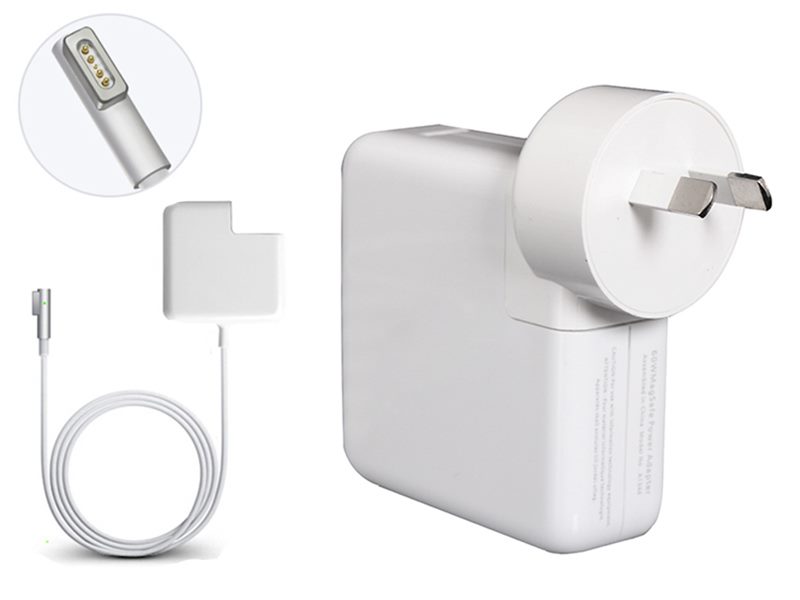
Knowing which specific Mac model you have is important.
Please contact with me, that I can tell you about your Mac model and generation will be displayed.
macbook 85w charger,apple macbook 85w charger,85w charger for macbook pro
Shenzhen Waweis Technology Co., Ltd. , https://www.waweispowerasdapter.com
